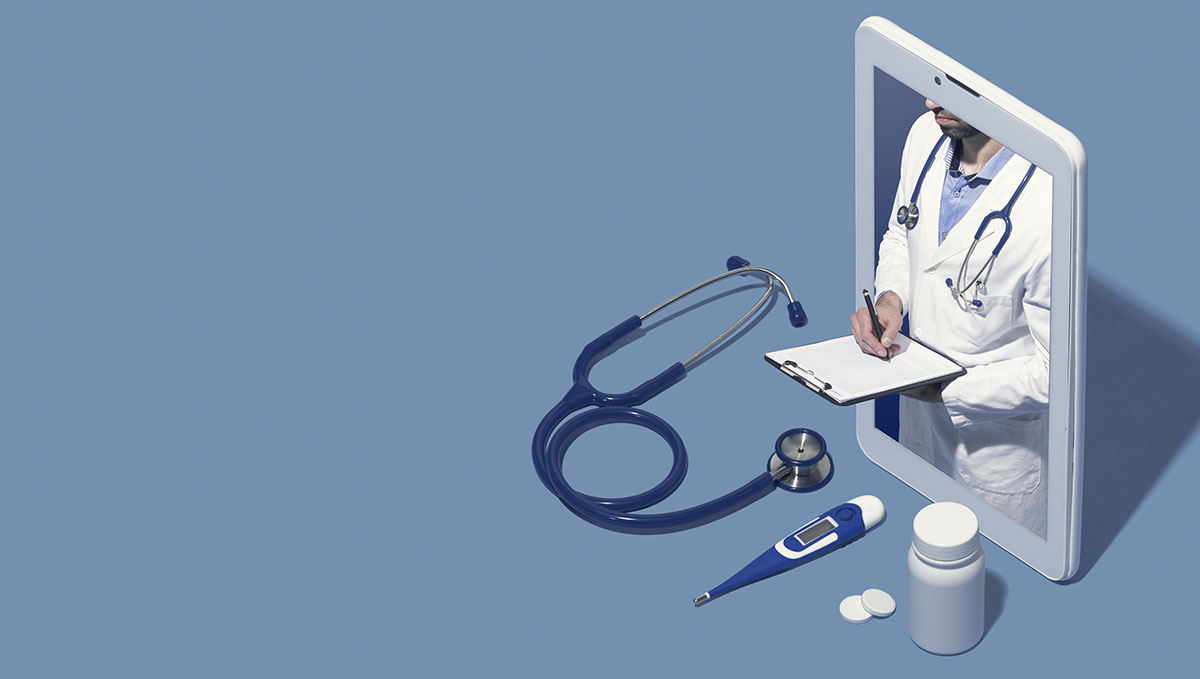The Evolution of Telemedicine
Over the past decade, telemedicine has transformed the way healthcare is delivered. The COVID-19 pandemic accelerated this shift, demonstrating the potential of virtual care to maintain continuity while protecting both patients and providers from infectious risks. Telemedicine has proven to be more than a temporary solution; it is a tool that can permanently improve access, efficiency, and infection control within healthcare systems.
As a physician and infectious disease specialist, I have witnessed the dual benefits of telemedicine firsthand. It allows patients to receive care without unnecessary exposure to healthcare settings, while also reducing the risk of spreading infections among vulnerable populations. This approach aligns with our broader goals of preventing disease and safeguarding public health.
Protecting Patients and Healthcare Workers
One of the most important advantages of telemedicine is its ability to limit exposure to infectious pathogens. Hospitals and clinics are environments where viruses, bacteria, and other pathogens circulate. Patients seeking care in person can inadvertently bring infections into these settings or be exposed to pathogens themselves.
Telemedicine provides a safe alternative. Patients with respiratory symptoms, fever, or other contagious conditions can be evaluated from home. Healthcare providers can assess, triage, and guide treatment without direct physical contact, reducing the likelihood of transmission. This is particularly important for patients who are immunocompromised or have underlying medical conditions that make them more susceptible to severe infections.
Expanding Access to Care
Beyond infection control, telemedicine addresses another critical challenge: access to healthcare. Rural communities, underserved urban areas, and patients with mobility limitations often face barriers to in-person care. Virtual visits eliminate travel constraints and allow more patients to connect with specialists, primary care providers, and public health resources. In clinical infectious diseases practice, this can include the care of patients living with HIV infection and those receiving prolonged antibiotics for the treatment of a complex bacterial infection.
For infectious disease management, this is especially valuable. Patients who might otherwise delay care due to distance or transportation issues can be evaluated promptly. Early assessment and intervention can prevent complications and reduce the spread of infections within the community. Telemedicine effectively bridges gaps in care while maintaining safety.
Supporting Infection Control Protocols
Telemedicine complements traditional infection prevention strategies. By reducing the number of patients physically present in healthcare facilities, hospitals can decrease crowding in waiting rooms, lessen demand for personal protective equipment, and minimize potential exposure for staff.
Remote visits also allow for more efficient triage. Patients who require in-person evaluation can be scheduled strategically, ensuring that high-risk individuals are seen under controlled conditions. Meanwhile, routine follow-ups, medication management, and counseling can continue remotely, preserving the quality of care while protecting everyone involved.
Challenges and Considerations
Despite its benefits, telemedicine is not without challenges. Not all medical assessments can be conducted virtually. Physical examinations, certain diagnostic procedures, and emergency interventions still require in-person evaluation. Physicians must carefully determine which patients are appropriate for telemedicine and which require face-to-face care.
Technology access and digital literacy are additional considerations. Some patients may not have reliable internet connections, appropriate devices, or the skills to navigate virtual platforms. Healthcare systems must address these disparities to ensure telemedicine benefits are equitably distributed.
Maintaining patient privacy and data security is also critical. Telemedicine platforms must comply with regulations, protect sensitive information, and provide secure communication channels to preserve trust and confidentiality. Additionally, there are challenges in the financial reimbursement for telemedicine. Current systems are attempting to quantify the value of telemedicine in improving care and potentially saving costs in the long-term and will be critical in determining the optimal approach to telemedicine in different settings.
Enhancing Public Health Response
Telemedicine can also play a vital role in broader public health efforts. During outbreaks, virtual care enables rapid assessment of symptoms, early identification of clusters, and timely reporting to public health authorities. Patients can receive guidance on isolation, testing, and preventive measures without risking exposure to others.
By integrating telemedicine with real-time surveillance and data analytics, healthcare systems can detect emerging trends and respond more effectively to infectious threats. This approach strengthens the connection between individual patient care and population-level health initiatives.
The Future of Telemedicine in Infection Prevention and Control
The future of telemedicine is promising. As technology evolves, virtual care platforms are becoming more sophisticated, offering remote monitoring, wearable devices, and integration with electronic health records. These advancements enhance our ability to manage infections, track symptoms, and adjust treatments in real time.
Telemedicine also encourages collaboration among healthcare providers. Specialists can consult on complex cases virtually, reducing delays and improving outcomes. Hospitals can coordinate care more efficiently while maintaining rigorous infection control standards.
Conclusion
Telemedicine has proven to be an invaluable tool for reducing infection risk while expanding access to care. It protects patients and healthcare workers, supports infection control protocols, and enables timely intervention in both routine and high-risk situations. At the same time, it addresses long-standing barriers to care and strengthens public health response during outbreaks.
The lessons from the COVID-19 pandemic have shown that remote care is not a temporary solution but an essential component of modern healthcare. By continuing to invest in technology, address disparities, and integrate telemedicine into routine practice, healthcare systems can protect patients, prevent infections, and provide high-quality care for all communities.
For physicians, embracing telemedicine means more than convenience; it is an opportunity to lead in infection prevention, safeguard public health, and ensure that healthcare remains resilient in the face of current and future infectious threats.
